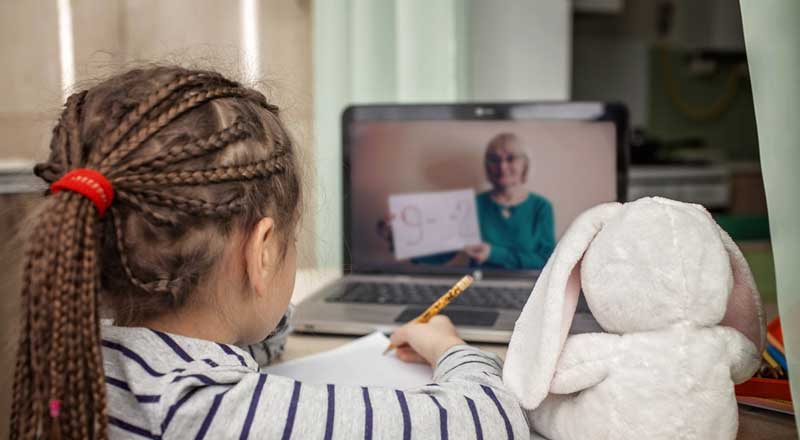Sometimes you get lucky, and your baby magically starts sleeping through the night. This, however, is not the norm. Most parents have to train their baby to sleep through the night. It helps to be proactive in stopping sleeping problems before they develop, but if your baby is developing sleeping problems, you can fix them.
Overly Tired
If you are keeping your baby up longer at night in the hope that she will be so tired, she will sleep longer; you are actually setting up the opposite scenario, according to the BabyCenter. Keeping your baby up too long creates fatigue, which makes it more difficult for a baby to fall asleep and stay asleep. Babies who are put down too late also tend to get up earlier than babies who are put down at a more appropriate time, sleep expert and author Jill Spivack, told BabyCenter.
Motion
When you can’t get your baby to fall asleep at night, it’s not a good idea to have your partner take the baby out for a drive, hoping to get your baby to sleep that way. Relying on motion, such as car rides or baby swings, doesn’t allow your baby to fall into the deep sleep he needs. Falling asleep in the swing or car seat is more like napping. You can use motion to calm your baby or for naps, but not as a way to put your baby to sleep at night on a regular basis.
Distractions
A baby who has too many distractions in her crib may develop sleeping problems. Mobiles, stuffed animals and toys in the crib stimulate a baby, which is not what you want when you want your baby to sleep well. Keep the baby’s room dark. Use a white noise machine to muffle sounds from the rest of the house.
Routines
Babies and children thrive with routines. Your baby is never too young to start a bedtime routine. You can put on your baby’s pajamas, sing a lullaby, cuddle and then put your baby down. It calms your baby, no matter what sort of soothing routine you choose. Consistent activities that occur at the same time each night help your child fall asleep and sleep better.
Cry it Out
The “cry it out” approach teaches your baby to calm himself to sleep. The idea is to put your baby down and let him figure out a way to fall asleep without you nursing him, giving him a bottle or rocking him to sleep. That way, when your baby wakes up at night, he won’t have to cry for you to put him to sleep; rather, he will know how to put himself to sleep. The basic cry it out approach works by putting your baby down and when he cries, as he probably will, you wait three minutes before coming in the room to reassure him you are there, and then you leave. You repeat this approach, waiting five minutes the next time and 10 minutes each subsequent time all night until your baby falls asleep. Each night, you wait progressively longer to come in the room. Eventually, your baby learns to put himself to sleep.





